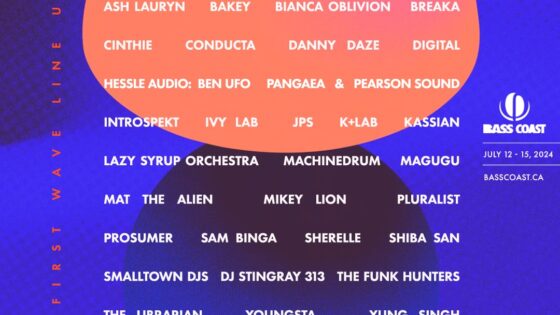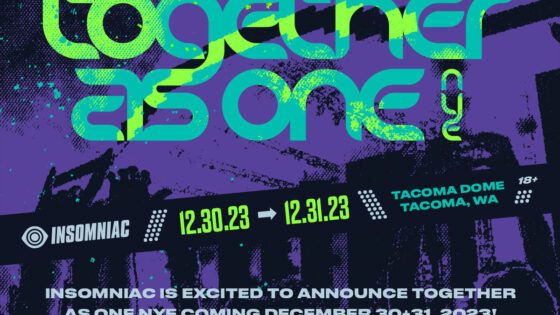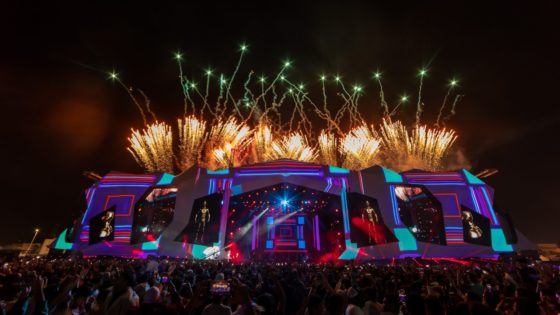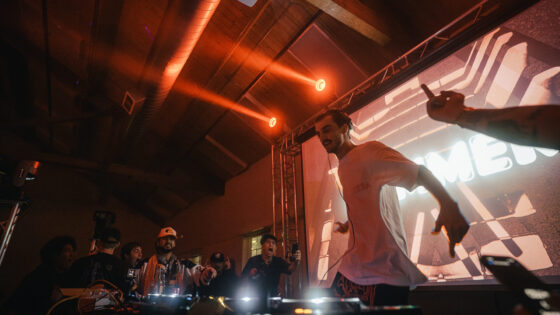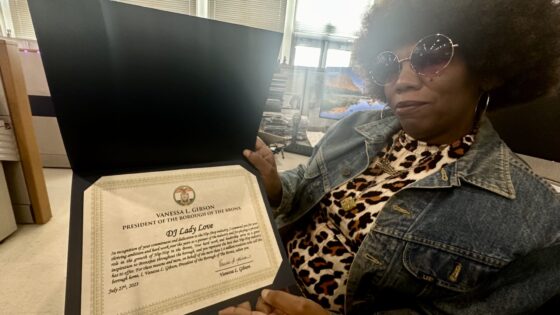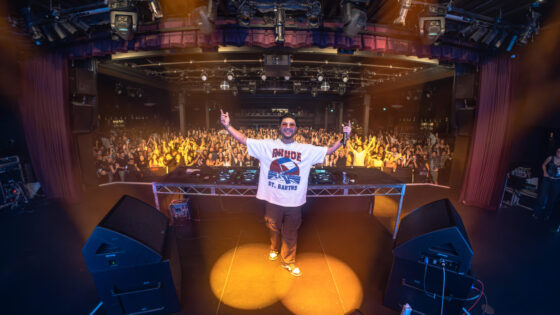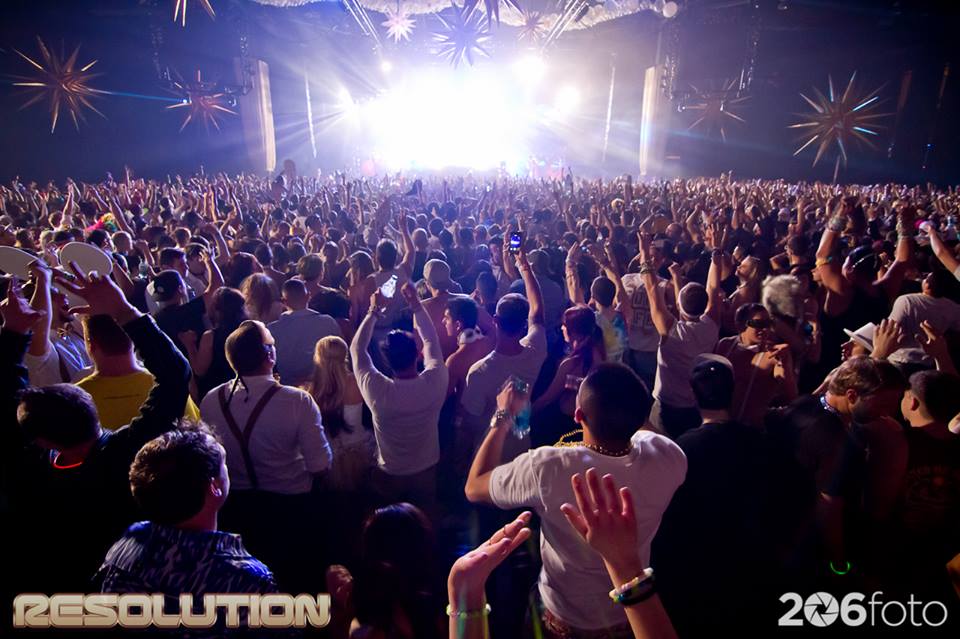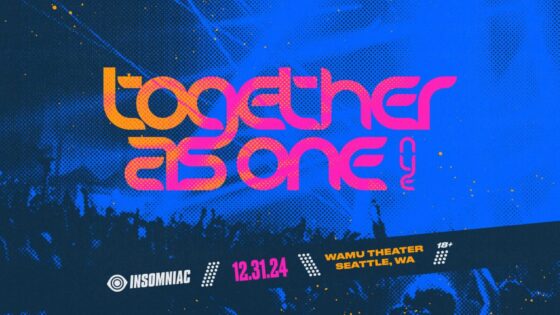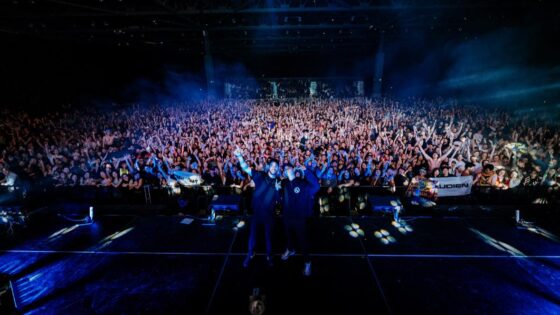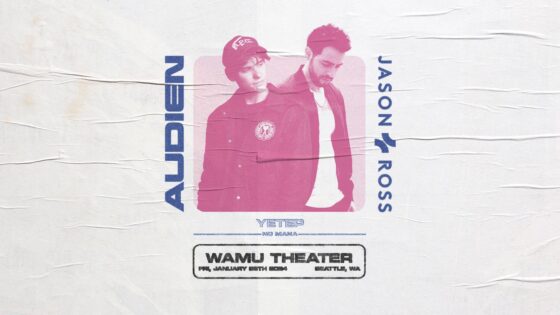We all expected some severe austerity measures to be put in place at WaMu Theater in the wake of the FreakNight tragedy. What we didn’t expect was how far First & Goal would go in their attempts to make it a safe environment for festival goers in the future. Resolution was, in most people’s opinions, a top notch show with incredible production and awesome artists headlining the bill. However, many were extremely upset with the “harm reduction” measures put in place. There were enforcement dogs at the entrances, increased security, and you were not allowed to sit down unless in a designated area, among other regulations. The most controversial of these measures was the removal of the doors to bathroom stalls.
The purpose of this article is to provide some context of how these policies came to be and where they will go in the future. We have reached out to the Seattle District Attorney, members of the Seattle Police Department & Fire Department, as well as USC Events and First & Goal (the group who manages WaMu Theater). We are not here to make accusations, but rather provide you, the reader, with the information we have gathered so you can come to your own conclusions.
[divider]The Dreaded Bathroom Stalls[/divider]
As for the elephant in the room, we found that certain regulations put forth by the City of Seattle were meant to ensure the privacy of the public when it comes to common or public use bathroom facilities. According to the building codes that we have in place, all public use bathrooms (water closets) are required to have four walls to ensure privacy for the public. Some exceptions are listed, but none of them pertain to the WaMu Theater. We have the regulation listed below and you can follow this hyperlink to the original document.
1210.3.1 Water closet compartment. Each water closet utilized by the public or employees shall occupy a
separate compartment with walls or partitions and a door enclosing the fixtures to ensure privacy.
Exceptions:
1. Water closet compartments shall not be required in a single-occupant toilet room with a lockable door.
2. Toilet rooms located in child day care facilities and containing two or more water closets shall be permitted to have one water closet without an enclosing compartment.
3. This provision is not applicable to toilet areas located within Group I-3 occupancy housing areas.
One thing we should note is that this is the document pertaining to 2012 building code regulations. This is the only document that we were able to readily find. However, we have been to the library at the University of Washington as well as the Seattle Public Library to compare to codes in the past. What we found was basically the exact same law from year to year going back to 1997.
We did reach out to the Department of Planing and Development (DPD) for comment on whether the removal of the bathroom doors was in fact illegal. Bryan Stephens of the DPD told us that “the assumption that there’s building code requirement requiring privacy doors on stalls is correct.” The problem is that there were no formal complaints made to the DPD about the situation at the time and they could not investigate for a temporary event. Bryan Stephens did tell us that they would hear a case being made for the concerns of safety and security.
We also spoke with Gabe Ossa of USC Events to get a better understanding of who decided to implement that protocol and why. He noted that “it’s one of those balancing acts…that [The stall doors being removed] was a venue requirement. There was no getting around that on our end. From a harm reduction stand point, bathrooms are one of the most terrifying spaces to work around. We’ve had to break down doors and force things through just to get people help.” All that being so, it would appear as though not providing a fourth wall (i.e. a door) directly violated the law, something that WaMu’s management ignored when they enacted the policy to have stall doors removed.
Important things happen in Pacific Northwest nightlife, and DMNW will send you alerts!
Phillip was raised on so many different genres of music, it has given him a unique perspective into the ever evolving music scene. Trance music began defining his life at the young age of 14, but thoroughly enjoys any type of music equally. He sees the music as an escape from the daily doldrums of life and says music can change a persons life in an instant pulling from his own experiences. His only goal in life is to share wonderful music with people and take electronic music to a higher plain with more accountability and creating a safer environment for his friends.






